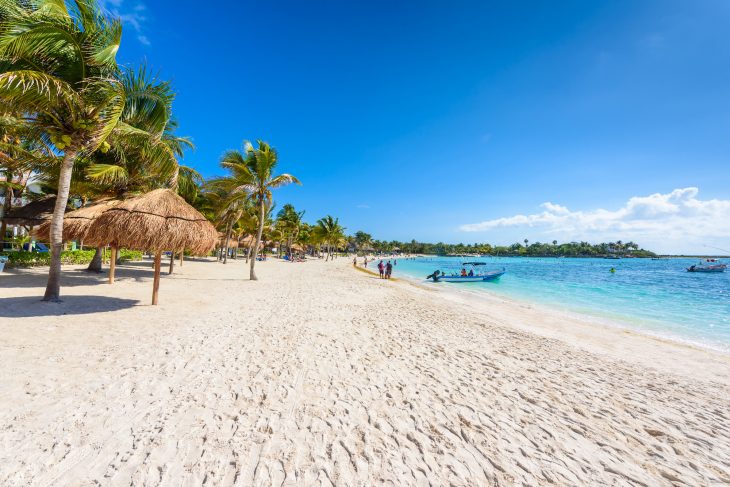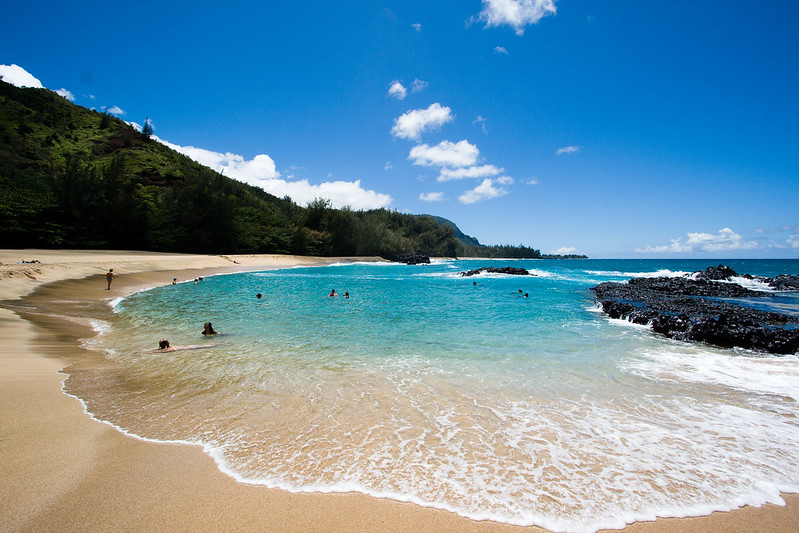
Whether it’s the soft sand beneath your feet, the rhythmic sound of waves crashing, or the allure of sunsets over the water, there’s something undeniably captivating about beaches. As symbols of relaxation and natural beauty, beaches are loved by many and remain an integral part of our global landscape. This article dives into 20 fascinating facts about beaches that will enhance your appreciation for these natural wonders.
More Than Just Sand
Firstly, it’s important to note that not all beaches boast the golden or white sand you may picture. The color of the beach sand is determined by the rocks and mineral deposits found in the surrounding cliffs and soil. From the black sand beaches of Hawaii to the pink sand beaches of the Bahamas, the world’s coastlines offer a rainbow of sand colors.
World’s Longest Beach
The title of the world’s longest beach is held by Praia do Cassino in Brazil, stretching over 150 miles. This coastal wonder provides a seemingly endless stretch of sand for beachgoers to enjoy.
Beaches are Getting Bigger
The world’s beaches are actually growing, despite common misconceptions about beach erosion. A study published in the journal ‘Nature Climate Change‘ found that during the past 30 years, the total area of the world’s beaches has increased.
Some Beaches Glow in the Dark
Bioluminescence, a phenomenon caused by certain types of phytoplankton, can make beaches glow at night. This enchanting spectacle can be seen in places like the Maldives, San Diego in California, and Mosquito Bay in Puerto Rico.
Ever-Changing Landscapes
Beaches are not static. They’re continually changing due to the effects of weather, tides, currents, and human activities. The shape and size of a beach can change dramatically over time.

Sea Glass Beaches
Certain beaches around the world are known for their abundance of sea glass, pieces of glass that have been smoothed and frosted by the movement of the ocean. These include Fort Bragg in California, Seaham in England, and Kauai in Hawaii.
Beach Sand: A Home to Tiny Creatures
Believe it or not, beach sand is teeming with microscopic life. These tiny creatures, known as meiofauna, live between sand grains and play an essential role in the beach ecosystem.
The Drifting Sand
Sand is always on the move. The wind, waves, and water currents continually shift sand along the coastline—a process called longshore drift.
The Sounds of the Beach
The relaxing sound of the ocean is partially the result of the noise generated by millions of bubbles in the water. As waves crash, these bubbles are created and then burst, producing the soothing sounds we associate with the beach. Other factors include the crashing or breaking of waves against the shore, the underwater topography, such as reefs, rocks, or sandbars, and the movement of air over the water.
The Salty Sea Breeze
The distinctive smell of the beach is due to a compound called dimethyl sulfide (DMS) emitted by seaweed and phytoplankton. This ‘sea breeze‘ smell is often associated with clean air and relaxation.
Unique Beach Activities
Beaches offer a wide range of activities, from the traditional (such as swimming and sunbathing) to the unique. Sandcastle building, for example, is so popular that it has professional competitions worldwide.
The Healing Power of Beaches
Research suggests that spending time at the beach can have significant health benefits. The combination of sun, sea, and sand can help reduce stress, improve mood, and promote physical activity.

The Age of Beaches
Some beaches are incredibly ancient. For instance, Fraser Island in Australia is home to the oldest known sand beach, estimated to be about 700,000 years old.
The Mystery of Beach Cusps
Beach cusps are shoreline formations made up of various arcs and points. They appear on beaches worldwide, and despite being a common occurrence, scientists are still not entirely sure why or how they form.
Artificial Beaches
Not all beaches are natural. Some, like the Paris Beaches (Paris Plages) in France and the Beach of Monaco, are entirely man-made, providing an urban oasis for those who can’t get to the natural coastline.
The Danger of Rip Currents
Rip currents are narrow, fast-moving channels of water that can pull swimmers away from the shore. They’re a common hazard on many beaches, and it’s essential to be aware of their potential presence and know how to react if caught in one.
Beaches and Wildlife
Beaches are important habitats for a range of wildlife. From seabirds and marine mammals to a diverse array of marine invertebrates and reptiles, many species rely on beaches for survival.
The Beach Economy
Beaches contribute significantly to local and national economies. They’re a major draw for tourism and recreation, supporting countless businesses and jobs.
Beach Cleaning Initiatives
Given their popularity and ecological significance, maintaining clean beaches is a global priority. Numerous organizations and volunteers engage in regular beach clean-ups to remove litter and protect beach ecosystems.
The Future of Beaches
Climate change and rising sea levels pose significant challenges to the future of the world’s beaches. Mitigation and adaptation strategies, such as dune restoration and ‘managed retreat,’ will be critical to preserving these beloved natural spaces.
Final Word
From their stunning diversity to their dynamic nature, beaches hold countless secrets waiting to be discovered. Next time you’re stepping onto the soft sand and looking out at the waves, remember these fascinating facts and appreciate the wonder that is a beach.
Was this page helpful?
Our commitment to delivering trustworthy and engaging content is at the heart of what we do. Each fact on our site is contributed by real users like you, bringing a wealth of diverse insights and information. To ensure the highest standards of accuracy and reliability, our dedicated editors meticulously review each submission. This process guarantees that the facts we share are not only fascinating but also credible. Trust in our commitment to quality and authenticity as you explore and learn with us.


